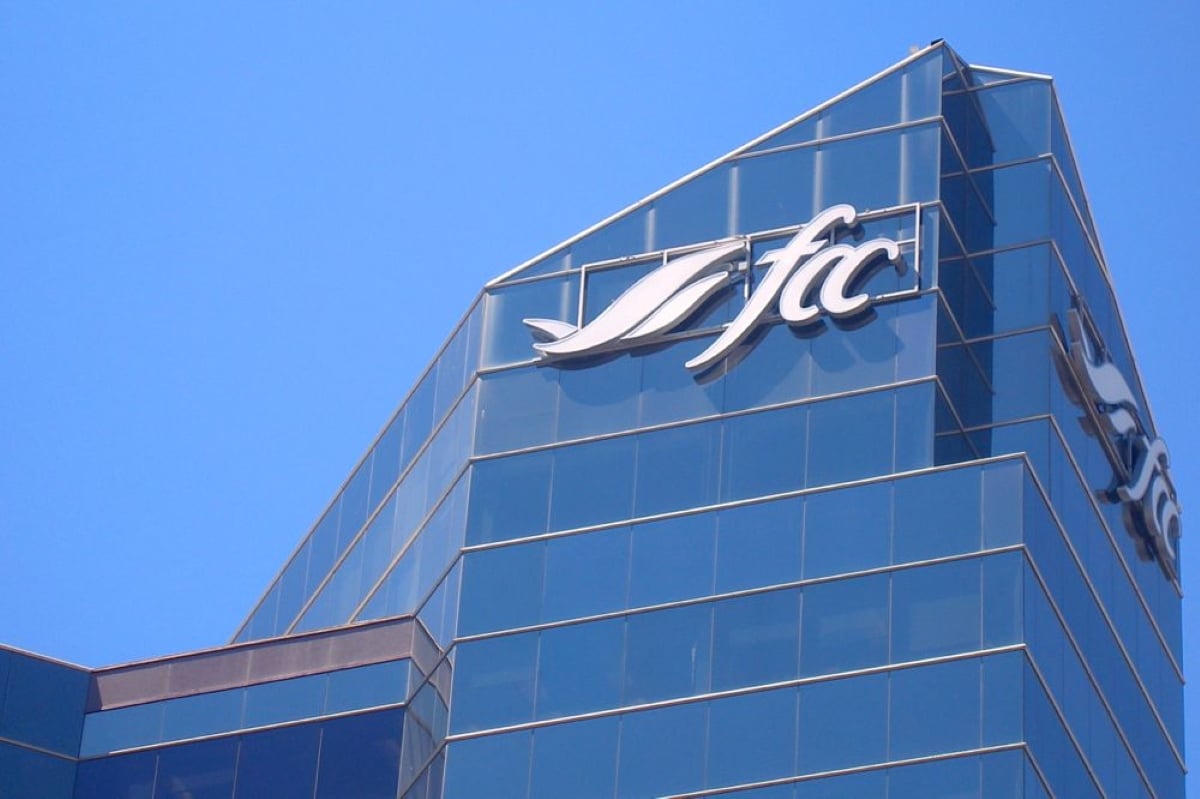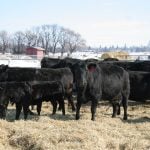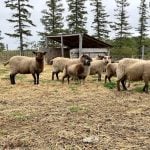RED DEER – Alberta’s Liberal leader and agriculture critic is warning
farmers that the province’s agricultural budget is likely to shrink as
government revenues decline.
“This is the first time in seven years the government has really had to
make choices when the revenues are expected to be less than they were
the year before,” Ken Nicol told the Wild Rose Agricultural Producers
Association’s annual meeting.
“There are going to have to be some really tough decisions made about
Read Also

Lending policy still focused on primary producers: Farm Credit Canada
Farm Credit Canada said it has not changed its business practices and remains committed to supporting all producers, after a report from an Ottawa-based media outlet claimed otherwise.
… how they are going to respond if we have another dry year like
we’ve had for the last two years.
“We’re starting to deal with issues about what is the responsibility of
the government.”
He said the government must decide how much responsibility it has for
rural communities, where agriculture is an important factor. It also
needs to analyze current programs.
Little money may be left over for agriculture because the province has
already made major commitments to health care, education and children’s
services, he said.
Somehow, the government must create farm income programs that meet cash
flow needs when the money is needed. Nicol said the Farm Income
Disaster Program introduced in 1995 works when farmers are confronted
with one bad year, but it cannot handle long-term crop failures and low
prices. Farmers need an insured level of revenue similar to what the
Gross Revenue Insurance Program intended to offer.
“FIDP needs to be modified to reflect the costs you have as farmers on
a sustainable agriculture production unit, not on the basis of what is
the revenue structure for the last three years.”
He said it needs to be part of a package of farm support programs.
Last year’s acreage payments created inequities among producers and
were immediately followed by higher input costs.
Wild Rose delegates resolved to ask for more, but president Neil
Wagstaff was cautious. As a member of the national safety nets
committee, he realizes government money is limited.
“It is difficult to make improvements because the funding simply isn’t
adequate,” Wagstaff said.
The group passed a resolution asking the federal government to increase
Net Income Stabilization Accounts contributions to six percent from
three percent.
Again, Wagstaff was cautious.
“We have to understand pursuing this type of support for NISA has
implications for other primary support programs.”
Other delegates said the government must strengthen programs for young
farmers.
“It has been demonstrated throughout the program that NISA was good if
you could afford it,” said John Ross.
“It’s not very good for the young farmer because he wasn’t farming when
you could save a buck once in a while.”
A second resolution dealing with farm support asked the province to
investigate and implement a trade-safe program that covers the cost of
production.















